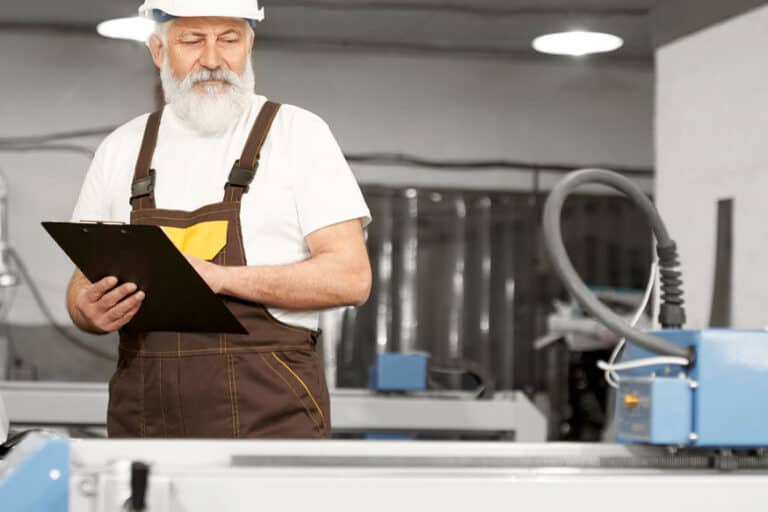First off, let’s talk about the dangers of working with computerised cutters. These machines are incredibly powerful, and they can cause serious injury if not handled properly. Here are a few of the most common dangers you should be aware of:
- Cuts and lacerations: Obviously, the biggest danger when working with a cutter is the risk of cutting yourself. These machines are incredibly sharp, and even a moment of carelessness can result in a serious injury.
- Pinch points: Another danger of working with a cutter is getting caught in the pinch points. These are the areas where the machine’s moving parts come together, and if you’re not careful, you can get trapped and seriously injured.
- Entanglement: Similar to pinch points, entanglement occurs when loose clothing, jewellery, or hair gets caught in the machine. This can be incredibly dangerous and can result in serious injury.
- Electrical shock: Finally, there’s the risk of electrical shock. These machines are powered by electricity, and if something goes wrong with the wiring, you could be at risk of electrocution.
Now, obviously, these dangers are all pretty scary, but the good news is that there are steps you can take to protect yourself. Here are a few safety recommendations to keep in mind when working with a computerised cutter:
- Wear appropriate PPE: The most important thing you can do to protect yourself is to wear the appropriate personal protective equipment. This includes safety glasses, gloves, and any other gear that your employer provides.
- Follow proper training: It’s crucial that you receive proper training before operating a cutter. Make sure you understand how to use the machine safely, and never take shortcuts or skip steps.
- Keep your work area clean: A cluttered workspace can increase the risk of accidents. Make sure you keep your work area clean and organised, and don’t let any debris or other materials pile up around the machine.
- Don’t rush: Finally, it’s important to take your time when using a cutter. Never rush through a job, and don’t try to take shortcuts or use the machine in ways that it wasn’t intended to be used.
So, there you have it, folks. Working with a computerised cutter can be incredibly rewarding, but it’s important to take safety seriously. By following these recommendations, you can help ensure that you stay safe while using these powerful machines.
Now, I know some of you might be thinking, “Gary, this all seems like common sense. Why are you even talking about it?” And you know what? You’re right. These safety recommendations might seem like common sense, but the truth is that accidents can happen to anyone, even experienced professionals.
So, my advice to you is this: always stay vigilant, and never take safety for granted. Remember, accidents can happen in the blink of an eye, and it’s up to you to take the necessary steps to protect yourself and those around you.
I hope this has been helpful, and as always, if you have any questions or comments, feel free to reach out to me on social media. Until next time, stay safe out there, my friends!
Cheers,

![]()







